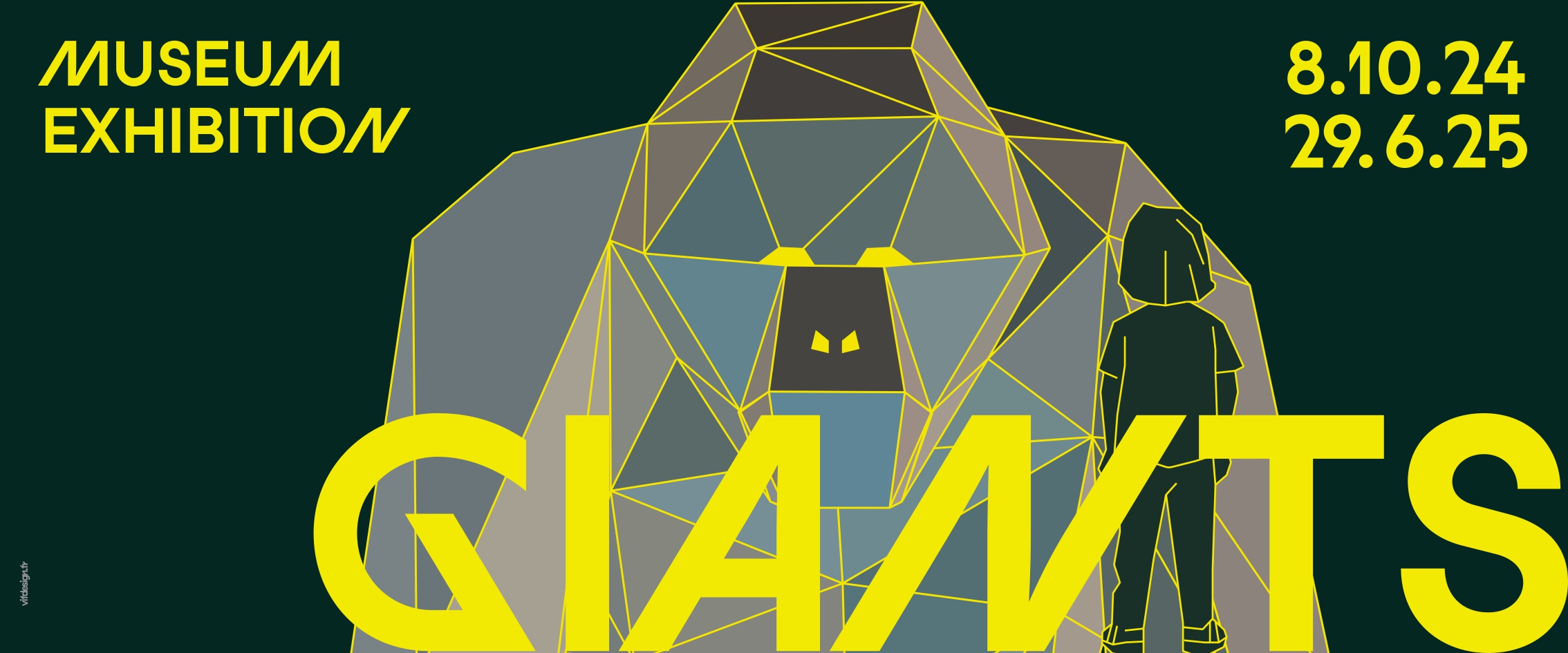Giants

Exposition terminée
In the footsteps of little-known giants
66 million years ago, a meteorite wiped out most marine reptiles, all flying reptiles and all dinosaurs except birds. This massive extinction led to the development of small mammals, that had previously lived in the shadow of the giants. Gradually, they conquered the habitats left vacant, diversified and some grew to gigantic sizes. Visitors will discover the history of 8 little-known species from the Cenozoic era through 3 life-size skeletons and 5 titanic 3D sculptures.
This journey into the past offers an immersion into the daily lives of these impressive creatures: Gigantopithecus blacki, the Asian monkey whose size is equivalent to three orangutans, or Gastornis laurenti, the giant flightless bird discovered in the region and exhibited for the first time at the Toulouse Natural History Museum.
Visitors can take on the role of a palaeontologist and carry out their own research using the interactive devices on offer. As they move among these specimens from the past, a sense of closeness and fascination is created, inviting them to explore further. How did mammals reach such size? Why did these colossal creatures, which colonised land and sea, finally disappear? Their corpulence and strength seemed to give them a weighty advantage, but they turned out to be extremely fragile. They eventually gave way to their close relatives, who were often more modest in size and needs: elephants, gorillas, rhinoceroses, blue whales… Today’s giants are still under pressure. How long can they survive?
This exhibition is produced by the Royal Belgian Institute of Natural Sciences and adapted by the Toulouse Natural History Museum.








